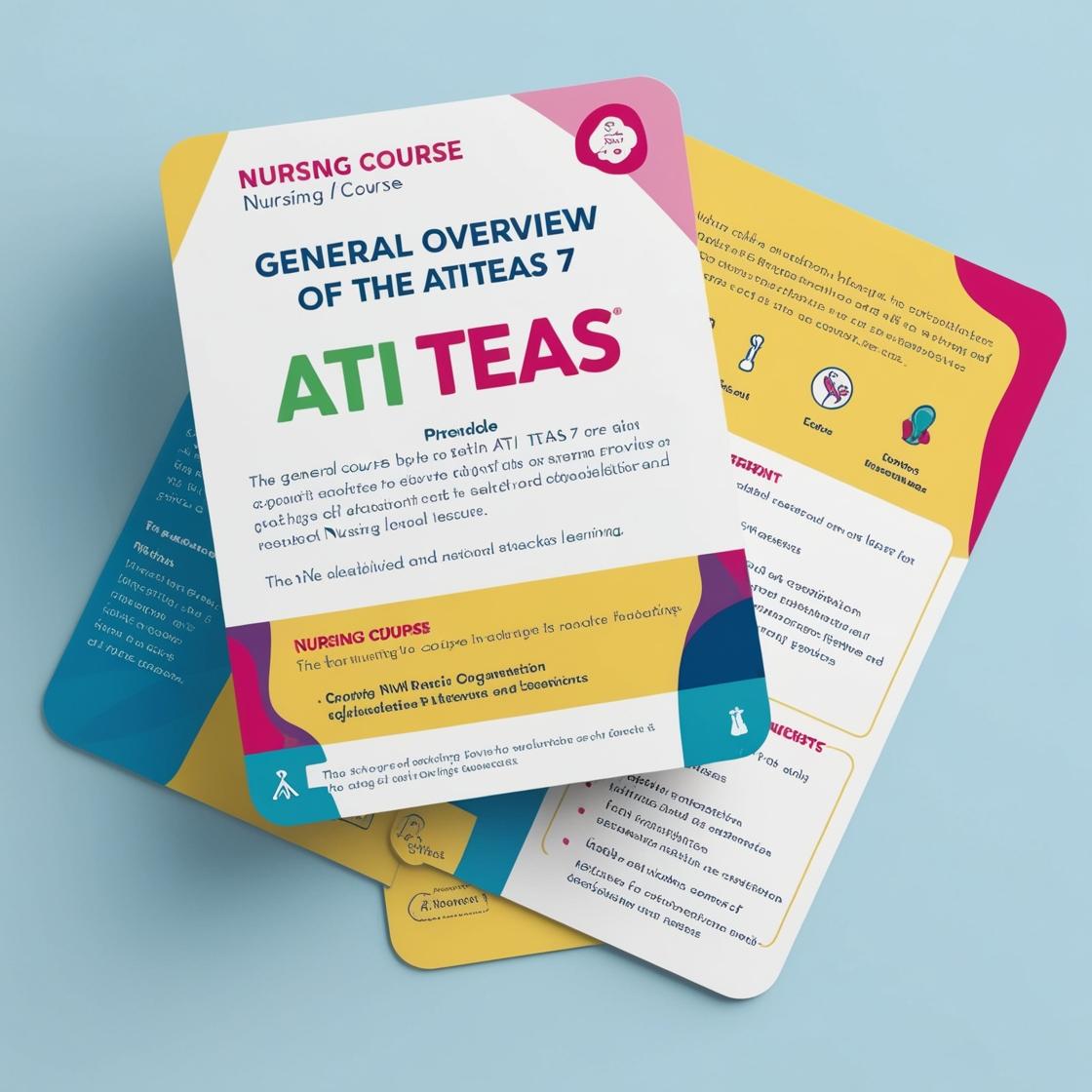ATI TEAS 7
TEAS Reading Practice Questions
1. Which of the following pairs of examples from the passage best demonstrates why the use of plastics is a divisive topic?
- A. Plastic has advantages. Plastic is difficult to recycle efficiently.
- B. Plastic is consumed by birds. Plastic is entering our food.
- C. Plastic is popular. Plastic is used for packaging.
- D. Plastic is in landfills. Plastic is in the ocean.
Correct answer: A
Rationale: The examples of plastic's advantages and difficulties in recycling show why the topic is divisive. The passage mentions that plastic has advantages, but it is difficult to recycle efficiently, indicating a conflict between the benefits and environmental impact of plastics. This conflict contributes to the divisive nature of discussions surrounding the use of plastics. Choices B, C, and D do not provide contrasting examples that highlight the divisive nature of the topic.
2. From where is the author most likely drawing the statements in the passage?
- A. The writer's local university library
- B. The online writing lab at Purdue University
- C. Archive of recorded poetry and literature
- D. The writer's own knowledge and experience about theatre
Correct answer: D
Rationale: The correct answer is D because the passage vividly describes the experience of going to the theatre, highlighting personal feelings and emotions that the author relates to. The passage emphasizes the connection between the audience and the story, indicating a personal perspective rather than research from a library, online source, or archive. Choices A, B, and C are incorrect because the passage's content is focused on personal experiences and emotions related to the theatre, rather than academic or recorded sources.
3. Based on the passage, which conclusion can be drawn about the author?
- A. They are overly emotional and...
- B. They would rather be at a concert
- C. They go to the theater as often as possible
- D. They enjoy the decor of most theaters
Correct answer: C
Rationale: The correct answer is C. The passage does not mention anything about the author's emotional state or preference for concerts. However, it does discuss cicadas and their emergence, life cycle, and behavior. Therefore, the reader can conclude that the author is likely interested in cicadas and their natural history, indicating that they go to the theater as often as possible. Choice A is incorrect because there is no evidence regarding the author being overly emotional. Choice B is incorrect as there is no mention of the author's preference for concerts. Choice D is incorrect as the passage does not provide any information about the author enjoying theater decor.
4. Which of the following conclusions can be drawn from the passage?
- A. Plastic pollution poses a significant environmental threat due to its lasting nature and difficulty in recycling.
- B. Plastic is an outdated material with no advantages.
- C. Recycling plastic significantly reduces environmental pollution.
- D. Plastic pollution has no impact on marine life.
Correct answer: A
Rationale: The correct conclusion that can be drawn from the passage is that plastic pollution poses a significant environmental threat due to its lasting nature and difficulty in recycling. The passage highlights the challenges of recycling plastic due to its low quality when recycled, leading to pollution and environmental hazards. It mentions the presence of a large island of plastic in the Pacific Ocean, showing the severe impact of plastic pollution on the environment. Therefore, choice A is the most accurate conclusion. Choice B is incorrect as the passage mentions that plastic has many advantages despite its recycling challenges. Choice C is incorrect as the passage indicates that recycling plastic is difficult due to its low quality when recycled. Choice D is incorrect as the passage clearly states that plastic consumption by marine life like fish and birds is a reality, showing the impact of plastic pollution on marine ecosystems.
5. How did Hedy Lamarr contribute significantly to the advancement of technology?
- A. The technology of the era wasn't advanced enough to easily implement Lamarr's system
- B. She collaborated with the science engineering team employed by Howard Hughes, the aviation tycoon
- C. She had several failed inventions, such as an improved traffic light and a carbonated drink
- D. Her work led to the future development of cellular phones, Bluetooth, and Wi-Fi.
Correct answer: D
Rationale: The correct answer is D because Hedy Lamarr's invention of a frequency-hopping system, along with George Antheil, laid the foundation for technologies like cellular phones, Bluetooth, and Wi-Fi. This significant contribution revolutionized communication technology. Choice A is incorrect because it focuses on the limitations of the era's technology rather than Lamarr's contributions. Choice B is incorrect as it briefly mentions her collaboration but does not directly relate it to technological advancements. Choice C is incorrect as it highlights her failed inventions, which are not indicative of her significant contributions to technology.
Similar Questions

Access More Features
ATI TEAS Premium Plus
$150/ 90 days
- Actual ATI TEAS 7 Questions
- 3,000 questions with answers
- 90 days access
ATI TEAS Basic
$99/ 30 days
- 3,000 Questions with answers
- 30 days access
